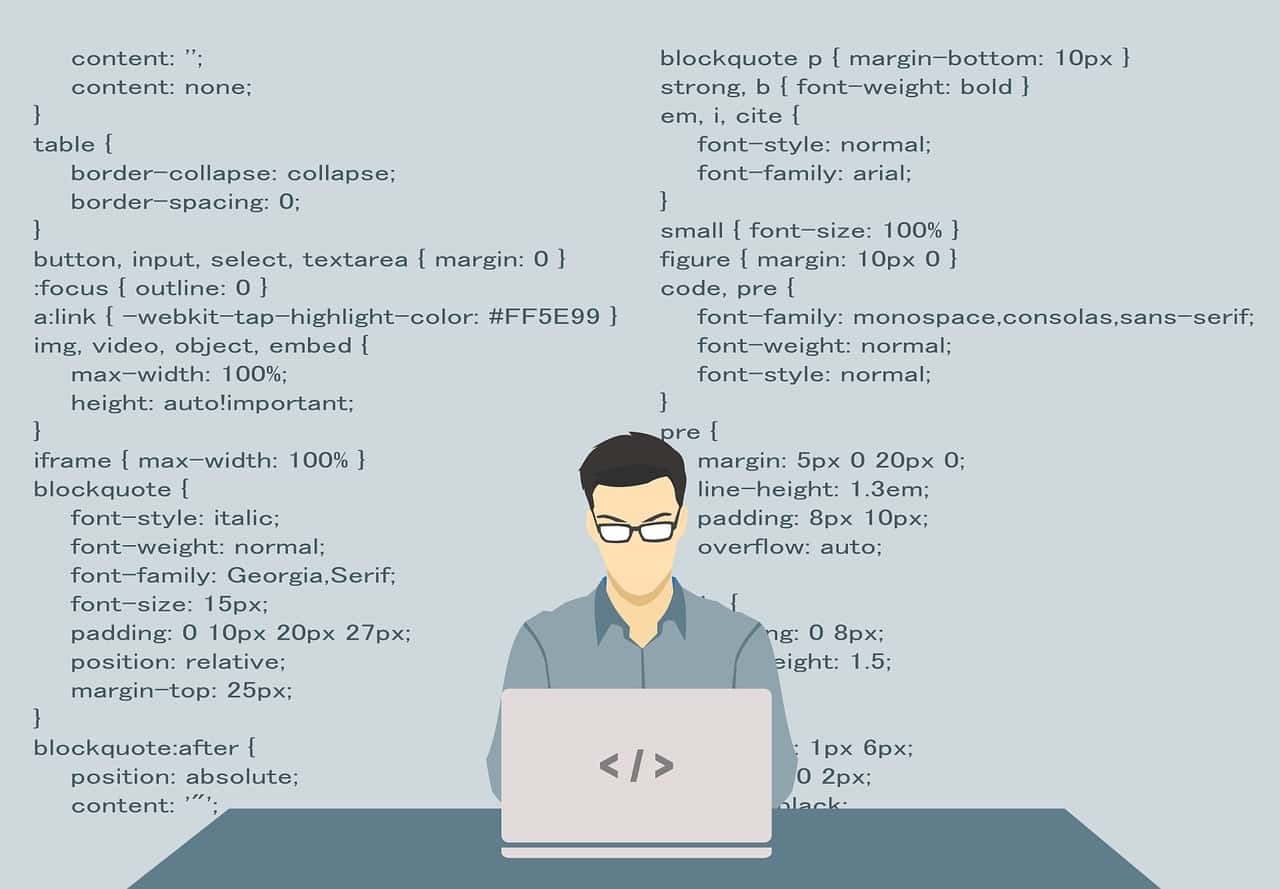Is your WordPress site's performance down lately? Maybe security issues have got you worried? Or perhaps you have found a new hosting plan that blows your current one out of the water.
Whatever your motivation, moving a website to a new host can be a big difference-maker in certain situations. However, if you have never done it before, it can feel like defusing a bomb - daring, but with a high chance of blowing up in your face (where you lose precious data or end up breaking your site). That is why it helps to have a guiding hand.
This post will be your roadmap to a flawless migration, ensuring all site content and data remain intact. We'll lay everything out in a step-by-step approach, including a quick preparation phase, and also get into how to migrate WordPress sites automatically with the help of third-party tools.
1. To-do List Before Migrating a WordPress Site
1.1. Update WordPress Themes and Plugins
1.3. Deactivate Caching and Security Plugins
1.4. Set up your New Hosting Account
2. How to Migrate WordPress Site in 9 Easy Steps
2.1. Step 1: Export your WordPress Database
2.2. Step 2: Download Site Files
2.3. Step 3: Transfer Files to New Server
2.4. Step 4: Create a New Database
2.5. Step 5: Import Previously Exported Database
2.6. Step 6: Edit the wp-config.php File
2.7. Step 7: Re-enable Plugins
2.8. Step 8: Run a Performance Check
2.9. Step 9: Update DNS Settings
To-do List Before Migrating a WordPress Site
Imagine moving to a new house. You wouldn't just toss everything into a truck and hope they make it to the new destination in one piece. Instead, you would take the time to de-clutter your old home and pack efficiently (with protective packaging for breakable items, labels on boxes, and so on).
The same level of preparation is necessary when you are looking to move WordPress site to a new host. A successful migration requires a well-organized and clean website. It will help you to avoid potential headaches and ensure a seamless transition to your new hosting environment.
On that note, here's a quick checklist to ensure everything is ready for the move.
I. Update WordPress Themes and Plugins
The latest versions of WordPress themes and plugins are usually optimized for performance and designed to be more secure than their predecessors. Therefore, making updates is something you should get in the habit of doing following new releases. It becomes even more crucial before you move a WordPress site to your new host.
That's because outdated themes and plugins can cause compatibility issues with your new server environment. So, updating them beforehand minimizes the risk of errors and broken functionality during and after the move. Also, ensure that the WordPress core software itself is up to date.
II. Clear Unnecessary Data

Purging your website of unused plugins, themes, media files, and all accumulated clutter (old post revisions, inactive user accounts, broken links, etc) is another essential preparatory measure. It will save you from lagging around useless content during the move, making for a lean and efficient transfer.
Furthermore, a cleaner database and file structure contribute to improved site performance post-migration and reduce the risk of carrying over any latent issues from the old hosting environment.
While you could attempt to clean your WordPress database manually, a better way is to use a plugin like WP-Optimize. It will come in handy, especially if you lack the technical expertise.
WP-Optimize will de-clutter your database swiftly at the click of a button and safeguard against you inadvertently deleting vital data.
III. Deactivate Caching and Security Plugins
Caching plugins store temporary website data to improve speed, but they can compromise the migration by holding onto outdated content.
On the other hand, security plugins can perceive essential migration operations as threats and block them, making it impossible to proceed. Temporarily deactivating these plugins prevents such hindrances, allowing things to move along smoothly.
To deactivate these tools, log into your WordPress dashboard and go to Plugins. From there, click on the Deactivate option next to each plugin's name.
IV. Set up your New Hosting Account
Lastly, set up your new hosting account well in advance. Assess your site's storage, bandwidth, security features, and scalability, and then choose a suitable hosting plan (if you haven't already).
Once you have signed up and set up your account, log into the control panel and familiarize yourself with its settings. Knowing where you've stored everything will make it quick and easy to accomplish the necessary steps when you start migrating your WordPress website.
How to Migrate WordPress Site in 9 Easy Steps
With your new hosting account ready, the next step is to transfer your WordPress site's files and data. This process includes accessing backend server settings, moving files plus the database, and configuring everything correctly in the new environment.
While all of this might sound complicated to do, it's actually pretty simple once you know how to go about it.
The following 9 steps will walk you through the best way to migrate WordPress websites without compromising their integrity and performance.
Step 1: Export your WordPress Database
Whether adopting a different theme, adding a new feature, or changing host providers, backing up your website is a prudent measure before any significant website overhauls. It ensures that you can restore your website to its former state should anything go wrong. In this case, creating a backup of your site begins with securing a copy of the site's database.
Your database stores all your site's essential data, including posts, pages, comments, user information, and website settings. You can access it using phpMyAdmin, usually found in the Databases section of your hosting account's control panel.
Once there, select your database and go to the Export tab. Proceed to choose the Quick export method, set the format section to SQL, and then hit the Go button at the bottom of the page.
This series of actions will result in a copy of your database in .sql format. Compress it into a zip file and save it on your computer. This step is crucial if you are wondering how to migrate a WordPress site without losing data, so ensure you store the database securely.
Step 2: Download and Backup Site Files

The next step will be to create a backup of your website's files. These include all the code, themes, plugins, and images that constitute your site's functionality and design. As with the database, you can retrieve your website files from the control panel.
First, log into your hosting control panel. Next, find the Files section and click the File Manager icon. Then navigate to the root directory of your website (it's often named public_html, www, or given your domain name).
From there, select all the folders and files within the directory, right-click, and choose Download. Allow the downloading process to finish, and then compress the downloaded files to a single zip archive to make it easier to transfer to your new server.
💡 Note: Alternatively, a File Transfer Protocol (FTP) client (like FileZilla) can help you to download the files. This program will connect to your website's server and transfer files.
To connect to your server, you launch your FTP client by entering the necessary login credentials (username, password, hostname, and port number - all information you can get from your hosting provider). After that, click the Quickconnect option, and your site files will pop up. Locate the public_html folder, select all files, and hit Download.
Step 3: Transfer Files to New Server
For this part, you'll need to log in to the control panel of your new server and follow the same route as in step 2 (Files > Files Manager > public_html) to locate its root directory/folder. Once in, click the Upload button.
You will see the option to choose files from your computer. Bring up the compressed file containing your downloaded website files, and click Upload to commence the transfer.
When the process completes, you might need to extract the uploaded file. Look for an Extract option within the File Manager interface, locate the uploaded archive, and extract its contents into the appropriate directory (typically public_html).
You can also upload your WordPress site files to the new hosting server via an FTP client. First, launch the FTP program and enter the login details provided by your new hosting company. Locate the root directory on the new server, navigate to the folder containing the downloaded files on your computer, and select everything. Next, drag and drop them into the designated upload directory on your new server.
Step 4: Create a New Database
With your website's files moved into their new home, the next step will be to get the database settled in. But first, you need to create a new database on the hosting account you are migrating to.
To do this, log into the account's control panel, access the Databases section, and choose the MySQL Databases option. Look for a Create Database tab, click on it, and input the requested information - username, password, & database name. Make sure to choose a database name that is easy to remember and relevant to your website (for example, yoursitename_db) to make it quicker to access for future purposes.
Step 5: Import Previously Exported Database
Next, get into the just-created database via the phpMyAdmin tool (the same way as in step 1). Once there, hit the Import tab, retrieve the .sql zip file containing your WordPress database from step 1, and upload it. And just like that, your website database will have made it to its new home uncompromised!
Step 6: Edit the wp-config.php File

While you will have successfully managed to move WordPress site to new host at this stage, the website's wp-config.php file is still pointing to the old database. This file contains configuration details for your WordPress site, so you should update it to reflect the new database.
Use an FTP client or your new web hosting control panel's File Manager to access the wp-config.php file within the root directory. If you are comfortable working on the code window that appears, proceed to edit the wp-config.php file directly using the file manager's built-in editor. If not, you can download the file (by right-clicking on it and selecting the View/Edit option) to your local computer and open it with a text editor.
Move to the lines defining database credentials and update each lowercase section with the relevant details of your newly created database. They typically present in the following way:
define('DB_NAME', 'new_database_name');
define('DB_USER', 'new_database_user');
define ('DB_PASSWORD', 'new_database_password');
define('DB_HOST', 'localhost');
When finished, save the edited details and upload the wp-config.php file back to the original location on the new server (if you chose this option earlier).
Step 7: Re-enable Plugins
Once you've set up everything on the new hosting server, it's time to re-activate the plugins you deactivated earlier. Log in to your WordPress admin dashboard on the new server and click on Plugins. Seek the plugins listed as Inactive and click on the Activate link for each plugin you want to re-enable. You may also need to reconfigure the plugins to their previous settings.
Step 8: Run a Performance Check
With just one final act left to untether your WordPress website from the old host and fully migrate it to the new server, it is imperative that you make sure the site is functioning optimally in the new environment. Conducting the check at this point allows you to identify and fix any issues before the site becomes accessible to the public.
Creating a staging site (a temporary replica of the website) is an easy way to preview and test the site on the new server. Many hosting providers offer built-in tools to facilitate this process, but if unavailable, you can use staging plugins like Duplicator, WP Staging, or All-in-One WP Migration.
Once the staging site is ready, check it thoroughly to ensure all content, links, and functionalities are working correctly. Remember to apply any necessary fixes to the migrated site before moving on to the next and final step of the migrating process.
Step 9: Update DNS Settings
The Domain Name System (DNS) acts behind the scenes, translating domain names into their corresponding IP addresses. It makes it possible for a web browser to find a website upon requesting or visiting the relevant domain name.
Since every web server carries its own signature IP address, you will need to update your DNS settings to reflect that of the server where your migrated website now resides. Doing so typically involves logging into the user account of your domain registrar, that is, the company where you purchased your domain name. Navigate to the section for managing DNS details and update your domain nameservers..
DNS changes can take up to 48 hours to propagate globally, during which time, site traffic may go to either the old or new server.
Exploring Migration Plugins as an Alternative Option

As you can see, migrating a WordPress site is not as difficult as most people imagine. However, an even easier alternative is to use migration plugin tools. Some good options include All-in-One WP Migration, Duplicator, and WP Migrate.
Migration plugins simplify the migration process by automating tasks like downloading files, exporting and importing databases, and even handling URL changes if you will be switching your domain name. They also reduce the risk of errors and save you time compared to manual migration. However, some plugins might have limitations on file size or features in the free versions, making them unfit for large websites.
The specific steps might vary slightly depending on the plugin you choose, but here's a general overview of the process:
- Installing plugin: This is done by logging in to the WordPress admin dashboard, navigating to the Plugins section, and selecting the Add New plugin option. You will see a search bar at the top, where you can type in the name of your preferred migration plugin and browse the WordPress directory. Once you find the desired plugin, click the Install Now tab next to it.
- Backing up of your website: Most migration plugins provide a function for creating a complete backup of your site. It typically includes all files, the database, themes, and plugins in a single file.
- Downloading of backup file: This step involves you following plugin specifics to save the package file to your local computer.
- Uploading to new server: The backup file is transferred to the new server via FTP or the plugin's built-in transfer system.
- Running of migration script: Involves accessing and running an installer script in your web browser to unpack the site. The plugin handles everything, ensuring website files and database go to their rightful places within your new server.
Once everything is ready, complete the migration by updating your DNS nameservers.
Conclusion
Migrating your WordPress website doesn't have to lead to disaster. With our comprehensive guide, you now have everything you need to ensure your website's move is a success story rather than a horror tale.
Figuring out how to migrate WordPress sites manually does not have to be daunting. Follow these step-by-step instructions, and your site will be up and running in its new home. But if you prefer a smoother, one-click journey, migration plugins are your trusty steeds.
Just remember to follow our pre-migration checklist before all else. It will set you up for a seamless transition and help you to avoid disasters.
Would you rather have an expert transfer your WordPress site?


